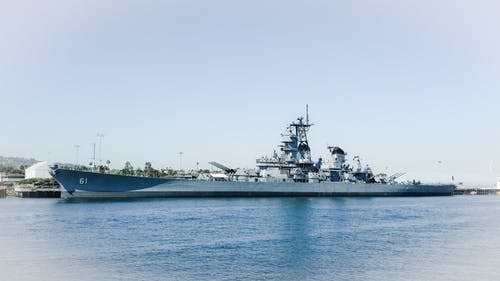Unmanned Ship and Vessel Design Concepts

Unmanned Vessels, are ships or a ship which has no crew attached to it that is man-made. It may also mean that the ship does not have any means of propulsion other than that provided by its onboard electric motor and/or solar panels. The ship or vehicle does not need a crew to operate and sail since it does not require any physical contact with another person for it to move. Its movement can also be assisted through the use of sonar and electronic tracking systems. As well, some unmanned underwater vehicles are designed in such a way as to allow them to move without any external help.
Unmanned Underwater Vehicles, or UAVs, were first used on a military level in the war games set in the Pacific Ocean in the 1980s. They were designed to simulate the role of a nuclear submarine, thereby testing the theories of how a submarine operates in water. Since the tests proved that they could indeed function in a hostile environment, the US Navy began using UAVs as a way of conducting military operations in the high seas. Others in the navy considered the concept to be too risky, particularly since nuclear-powered weapons could be quickly launched from these UAVs and destroy enemy vessels. Nevertheless, the technology was later put into use in the Gulf War and the Afghanistan Conflict.
Nowadays, Unmanned Ships systems are widely used by the US military and other allied forces in the battle against international terrorists. They are also used in a similar fashion against enemies in the middle east in the form of UAVs or Unmanned Aerial Vehicles. Their primary function is to gather intelligence and relay this information back to the operators. In the past, they have also been used in the Arctic as a means of monitoring maritime traffic and preventing illegal fishing. They have also been used to rescue survivors of natural disasters such as hurricanes, tornadoes, and earthquakes.
Recently, a UAV was recently designed by a group of naval enthusiasts. The intent of the group was to develop such a system that could detect enemy vessels. Their ultimate goal was to develop a concept for a new vessel that would act as a hunter-killer strike platform. The UAV was supposed to attack and kill approaching vessels with its UAV sensor. However, the group realized that they had made a huge mistake by proceeding in this direction. Rather than developing such an advanced weapon, they preferred to re-design the UAV so that it could not engage enemy vessels.
Such an advanced UAV that could engage enemy ships was never developed. However, this concept may not completely fade out of the picture any time soon. US Naval personnel are looking at the development of such a system as a way of protecting our ports and harbors from attack vessels. This concept of using UAVs to detect and attack ships can be combined with other technologies to further improve upon the efficiency of our Navy. When fully implemented, the combination of detection sensors and missile fire will allow us to more effectively and quickly defend our ports.
In essence, these concepts are revolutionary. They represent a new way of thinking about how we use our Navy. The implications of such a system on current designs are yet to be seen. As technology evolves, it is likely that these designs will become more common place. Check out this post that has expounded on the topic: https://en.wikipedia.org/wiki/Naval_architecture.
